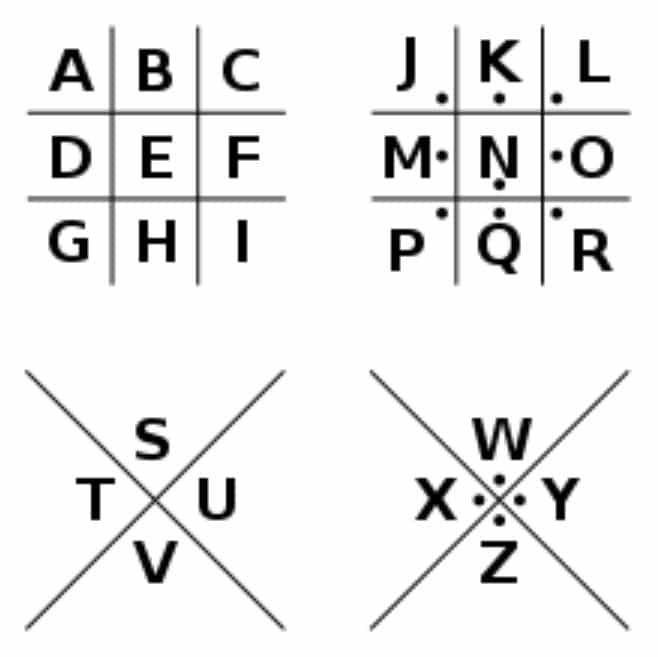I have always been quite a fan of detective and suspense stories. Be it Hercule Poirot created by Agatha Christie, or our very own Feluda conceived by Satyajit Ray, they all bring new flavours and styles in crime fiction. Nonetheless, Sherlock Holmes created by Sir Arthur Conan Doyle is my top favourite. I read most of Holmes’ stories during my childhood, and his ability to deduce so much information from the tiniest of clues leaves us speechless. Recent Hollywood movies starring Robert Downey Jr. were quite an excellent tribute to Doyle’s famous detective.
We all know about Sherlock Holmes of 221 B, Baker Street, and his adventures in the Victorian period. But could he be able to showcase his talent in the modern world where information about the remotest corner of the world is available at our fingertips? Steven Moffat and Mark Gattis came up with the idea of adapting Holmes’s stories in the backdrop of today’s high-tech world. Benedict Cumberbatch‘s Sherlock uses modern technology, such as texting, the Internet, and GPS, to solve crimes. Sherlock has his own website The Science of Deduction, https://www.thescienceofdeduction.co.uk.
Among the various posts he makes on the sites to interact with clients and criminals alike, Holmes writes on a section called “Hidden messages” where he apparently shared some encrypted messages sent to him. In this post, I’d like to share my analysis of how to decipher the secret messages from this ciphers.


